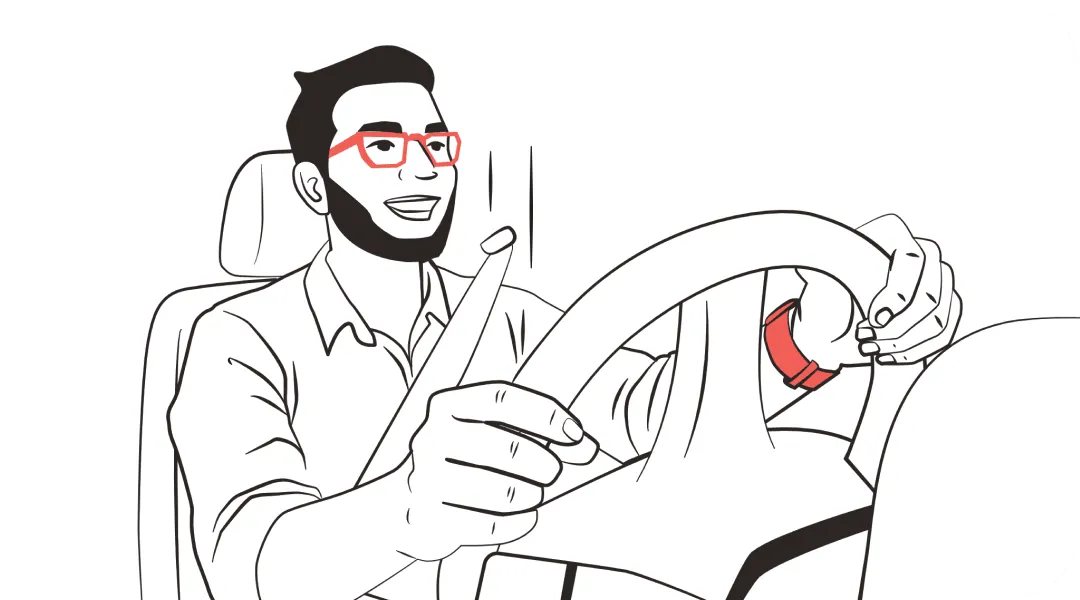This website uses cookies to ensure you get the best experience on our website.

Every morning and evening, commuters navigate traffic, boredom, and isolation, often spending hours each day in disconnected motion.
For millions of professionals, the commute has quietly become the invisible third space: not quite work, not quite home, but a stretch of time that shapes the rhythm of their day.
The commute isn’t dead time. It’s unclaimed time. It would be the perfect moment to reconnect, prepare, or get things done, if technology could finally serve, rather than distract.
Commuters carry a constant awareness of time slipping away. Spending two or three hours a day behind the wheel adds up to weeks each year: A quiet, ongoing reminder of how much life is lost to motion.
Hands-free regulations create a constant tension between productivity and compliance. Most commuters choose to stay safe and within the law, yet feel constrained by the loss of responsiveness, especially when urgent matters demand attention.
Meanwhile, the temptation to use handheld devices remains one of the most persistent and dangerous sources of distraction on the road.
The commute compounds stress from both ends of the day. The morning drive builds pressure; the evening drive prolongs it. Over time, this rhythm of “hurry up and wait” drains focus, creativity, and work satisfaction.
Many commuters try to reclaim lost time on the road: making calls, catching up on messages, or mentally planning the day ahead.
Yet most in-car tools remain shallow: they enable basic interactions but not real productivity.
The commute is still a digital blind spot. Voice assistants can play music or transcribe speech, but they can’t really help to get work done.